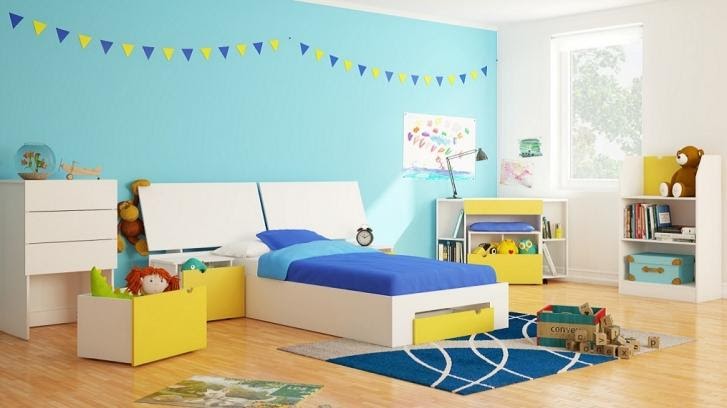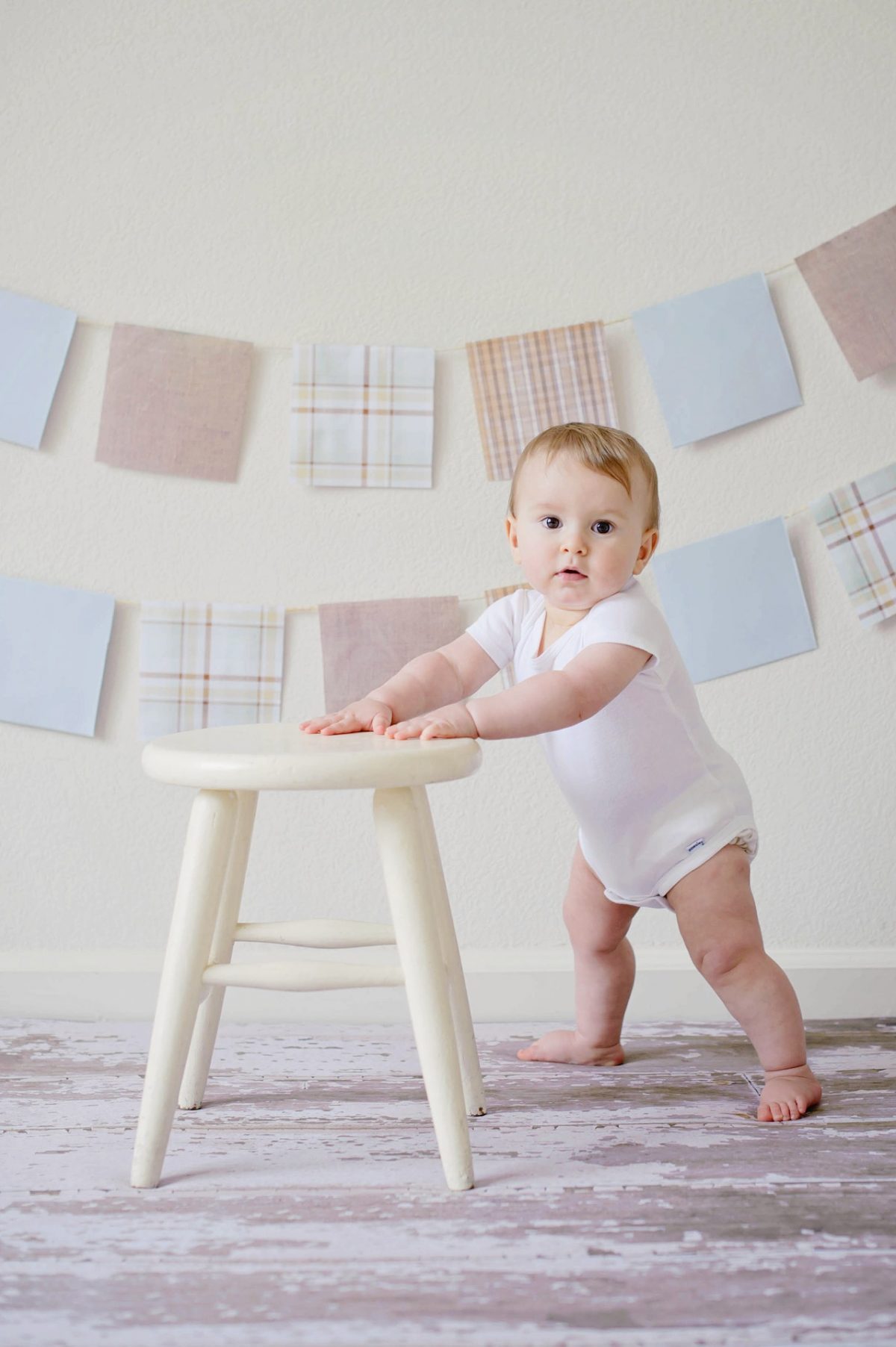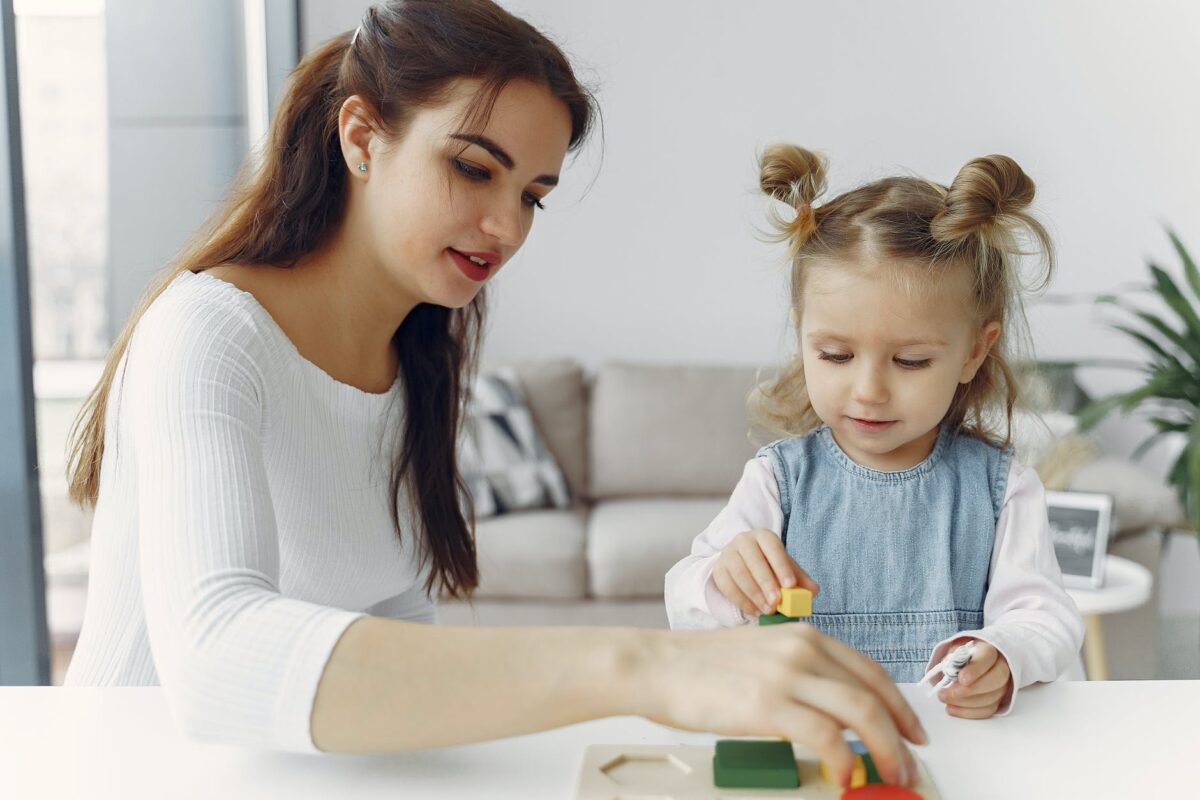Wellness, Sustainability, Self-Love, while all of these have become a bit of buzzwords over the last few years, it’s with good reason. All of these concepts are things that we should be living our truths with gusto. If we want to pass down a more sustainable and safe planet for our children, we as the gatekeepers of their futures need to show them the way by living this way ourselves. We show them self-love by taking the time we need as parents to do the things that we love, and sometimes we include the children in those activities. We show them about wellness by feeding them healthy foods, involving them in physical activities and mindfulness practices. And, we show them sustainability by choosing not to use single-use items. By packing their lunches in “different” bags and boxes than some of their peers. By giving them the chore of helping with recycling. But, what about when it comes to one essential thing that we as humans do every single day – get dressed. It’s time we start not only dressing ourselves sustainably but imparting the importance of doing so on our children as well. Here’s how we can get that done.
Start With Ourselves
If you’re like most of us this past year, you’ve been basically living in loungewear. Heck, if you’re like most mothers, you’ve been living in some form of athleisure or loungewear since you had your children. But where are those made? What was the actual cost of that twenty-dollar pair of leggings? Instead of buying quantity, choose quality. Purchase a sustainable pair of bamboo yoga pants and buy a pair for your mini as well. You can explain how they feel so much softer and more comfortable. Let them know the reasons why. You can also use this moment to teach them about the unfortunate and horrible conditions some people are forced to work in to create the clothing that we see mass-produced in so many big box stores. It may seem like a heavy topic, but no one knows your child better than you. If it’s a conversation you feel comfortable having with them, it’s essential to have it.
Reduce, Reuse and Recycle
Gosh, how long has this phrase been around? You would think after decades of hearing it, we would have applied it to the way we consume fashion. Unfortunately, many, if not most of us, have not. The way it’s meant in terms of our clothing is to reduce the amount of clothing you buy. Simple. With so many people moving towards minimalism in a lot of areas of their lives, reducing clothing consumption is a natural step. Reuse what you already own. Do you have things that you’d wear more or again if you took them to the tailor? Stop procrastinating and do it. Breathe new life into that favorite garment you’ve cast aside because you didn’t feel like taking it to get altered. Reuse is also applicable to second-hand shopping. When you buy second-hand, you’re keeping clothing out of the landfill and giving it a new loving home. As a mother, shopping second-hand makes incredible sense as our kids are growing so quickly; why spend a ton of money for them only to wear it a month or two? And, trust me, your child can absolutely stay on-trend wearing second-hand clothing because parents are donating their kids outgrown clothing every day. You won’t have a hard time finding current pieces shopping this way. Lastly, recycling simply means to either donate your preloved clothing to a donation center or to friends and family you know could use it.
Buy From Sustainable Brands
You may find this is alarming, but did you know that most of the clothes you’ll discover mass-produced contain plastic? And you wonder how microplastics are even found in falling snow. Purchase your clothing from sustainable brands that are ethically sourced and manufactured. You want to make sure your clothing is made of natural fabrics like cotton, silk, bamboo, or linen. You’ll not feel better wearing it, and you’ll look better too. It also has the added health benefit of allowing your skin to breathe and not exposing you to harmful dyes in your fabrics.
This list isn’t all-inclusive. But, it is a jumpstart on things you can do to start living a greener life for yourself and your family. The idea of including your children in these types of choices is yours to make but certainly sets them up for making important decisions as they age. We have one life on this planet, so let’s make it a better one than we found it, for our children and our own consciences.










